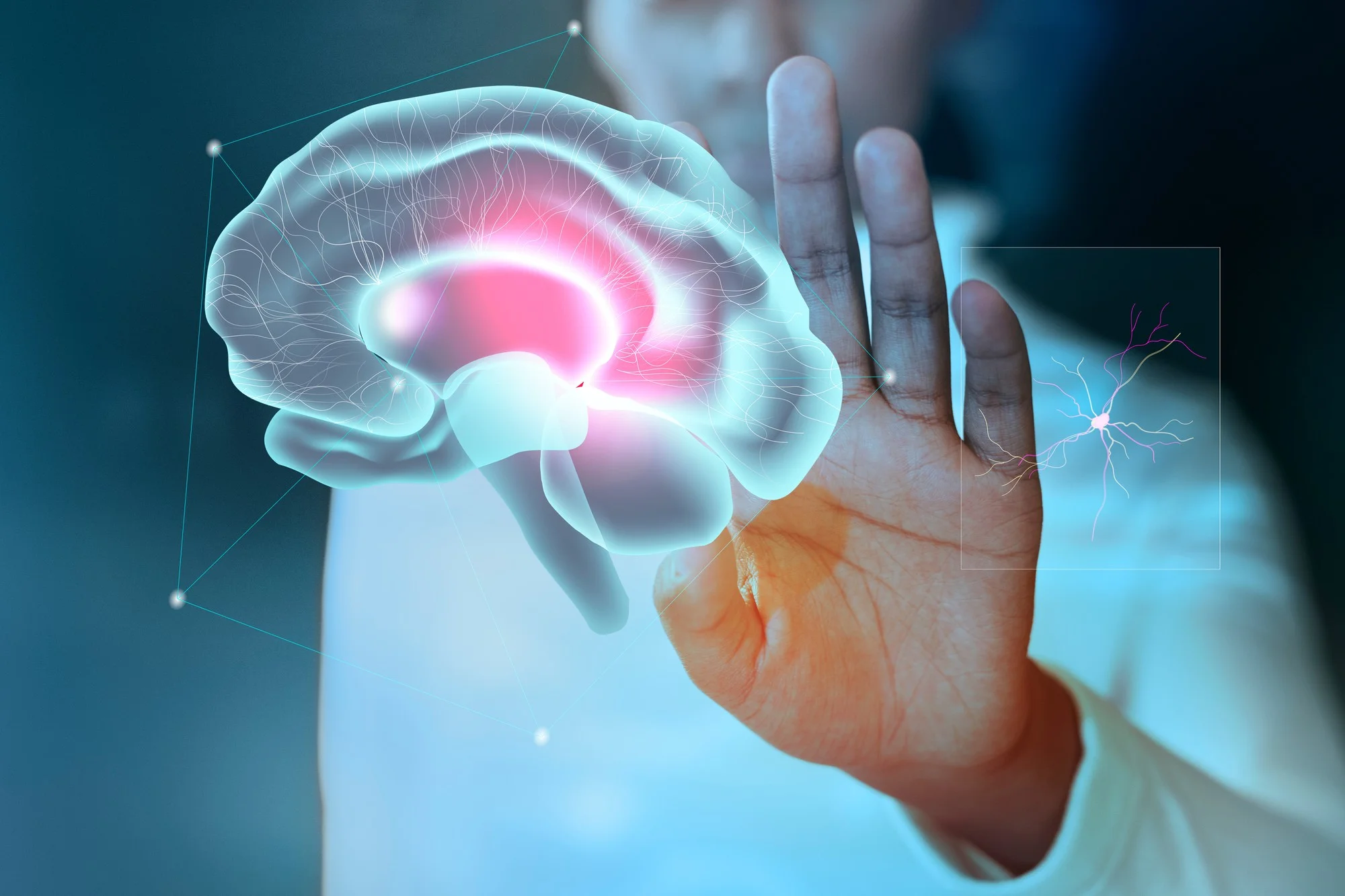Keywords
1. Hypoxic Brain Injury
2. Premature Infant Neurodevelopment
3. Brain Organoids
4. Neonatal Care Advancements
5. Neonatal Hypoxia Research
In recent years, neonatology has made tremendous strides in improving the survival rates of extremely premature infants due to medical and technological advancements in neonatal care. One of the most serious complications these fragile patients face is hypoxic brain injury, a condition that results from insufficient oxygen reaching the brain. Stanford University researchers have created a human 3D cellular model of hypoxic brain injury, offering a groundbreaking tool for studying the complex neurological consequences of prematurity (DOI: 10.1038/s41591-019-0436-0).
This pioneering study, published in Nature Medicine, marks a significant milestone in understanding the underlying mechanisms of hypoxic brain injury in neonates. The team, led by Dr. Sergiu P. Pașca of Stanford University, employed brain organoids, 3D structures derived from human pluripotent stem cells that mimic the developing brain. The research not only shed light on the neurodevelopmental processes disrupted by hypoxia but also promises to revolutionize the way treatments are developed for affected infants.
Brain Injuries in Premature Infants: A Growing Challenge
Survival rates for extremely premature infants, those born before 28 weeks of gestation, have gradually increased over the past few decades. While this advancement is a testament to the progress in neonatal intensive care, these infants remain highly vulnerable to various health complications. One of the most devastating is brain injury due to hypoxia, which can result in lifelong disabilities, including cerebral palsy, cognitive impairments, and sensory deficits.
Hypoxic brain injury arises when the brain is deprived of adequate oxygen, leading to cell death, inflammation, and disruption of normal developmental processes. The specific vulnerability of premature infants to this condition is associated with the immaturity of their respiratory and cardiovascular systems, as well as the fragility of their neural tissue.
The complexity of the human brain, with its intricate interplay between genetic and environmental factors, has made it challenging to elucidate the pathophysiology of hypoxic injury and identify effective interventions. Until recently, research has been hampered by the lack of accurate models that recapitulate the human neuromaturation environment.
A Leap Forward: The Human 3D Cellular Model
The study at Stanford University represents a significant leap forward in the quest to understand and ultimately protect the developing brain of premature infants. The human 3D cellular model created by Dr. Pașca and colleagues, also known as brain organoids, simulates the structure and function of specific brain regions. These organoids are generated from pluripotent stem cells, which have the ability to differentiate into various cell types that comprise the brain’s complex architecture.
In their experiments, the Stanford team subjected the organoids to controlled hypoxic conditions, mirroring the oxygen deprivation that occurs in prematurity-related brain injury. By studying the organoids, the researchers were able to observe the cellular and molecular responses to hypoxia, including changes in neurogenesis, cell survival, and the unfolded protein response—a cellular stress response related to protein synthesis and folding.
The organoid model provided unprecedented insights into how hypoxia affects neural stem cells and disrupts the delicate balance necessary for normal cerebral cortex development. Moreover, it offered a platform to investigate the protective and regenerative mechanisms that could lead to targeted interventions.
Continued Commitment to Research and Innovation
The findings from this breakthrough study provide only a glimpse into the potential clinical applications of the human 3D cellular model. The researchers’ commitment to understanding and treating hypoxic brain injury in premature infants is evident through their continued exploration of this field.
Further research focusing on neurogenesis, neural stem cell biology, and the responses of the human brain to various stressors can pave the way for developing novel therapeutic approaches. Additionally, a better understanding of the neurobiological changes induced by prematurity will help inform strategies to enhance the standard of care in neonatology.
Implications for Clinical Practice and Future Research
The implications of the human 3D cellular model for clinical practice are far-reaching. By closely mirroring human brain development, the model enables a better understanding of the vulnerabilities and resilience of the preterm brain. This knowledge is vital for clinicians who make critical decisions on interventions that could have long-lasting impacts on the neurodevelopmental outcomes of these infants.
The Stanford University study provides a roadmap for future research. The organoid model could be used to evaluate the efficacy of neuroprotective drugs, monitor the progression of hypoxic brain injury over time, and ultimately develop personalized medicine strategies for affected individuals. Additionally, this research underscores the importance of interdisciplinary collaboration between neonatologists, neuroscientists, and stem cell biologists.
Conclusion
The creation of a human 3D cellular model to study hypoxic brain injury in premature infants is a game-changer in neonatal and neurological research. As the scientific community continues to unravel the complexities of the developing brain, these cutting-edge models will be invaluable in advancing treatment options and improving long-term outcomes for some of our most vulnerable patients.
References
1. Pasca, A. M., Park, J. -Y., Shin, H. -W., Qi, Q., Revah, O., Krasnoff, R, … & Pasca, S. P. (2019). Human 3D cellular model of hypoxic brain injury of prematurity. Nature Medicine, 25(5), 784-791. doi: 10.1038/s41591-019-0436-0
2. Penn, A. A., Gressens, P., Fleiss, B., Back, S. A., & Gallo, V. (2016). Controversies in preterm brain injury. Neurobiological Disorders, 92, 90-101. PMC4842157
3. Volpe, J. J. (2009). Brain injury in premature infants: A complex amalgam of destructive and developmental disturbances. The Lancet. Neurology, 8, 110-124. PMC2707149
4. Jarjour, I. T. (2015). Neurodevelopmental outcome after extreme prematurity: A review of the literature. Pediatric Neurology, 52, 143-152.
5. Salmaso, N., Jablonska, B., Scafidi, J., Vaccarino, F. M., & Gallo, V. (2014). Neurobiology of premature brain injury. Nature Neuroscience, 17, 341-346. PMC4106480
DOI: 10.1038/s41591-019-0436-0
